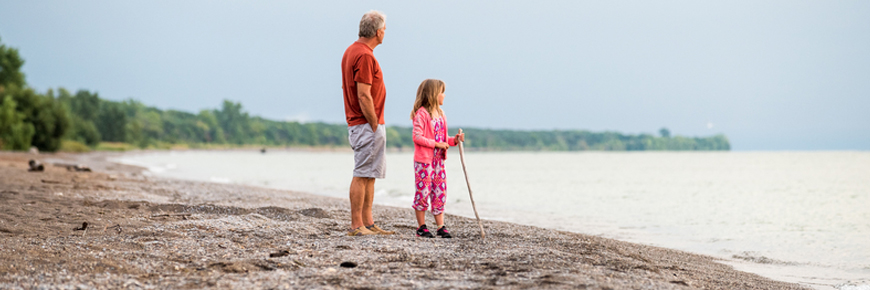
A grandfather walking with his granddaughter on the beach at Point Pelee.
Safety and guidelines
Point Pelee National Park
Important bulletins
Check the important bulletins page for visitor safety and operations information before your visit to Point Pelee.
Winter safety
Visitors should plan and prepare for any weather while visiting the park.
Park regulations
Guidelines and rules for visiting Point Pelee National Park.
We rarely head out for an outdoor adventure with the expectation that something will go wrong, and most times everything will go right. However, sometimes the unexpected happens and when it does, it’s important that you are well informed and well prepared to minimise the negative impact of unfortunate circumstances.
For general information on how to stay safe when enjoying the outdoors visit www.adventuresmart.ca
For important information about staying safe while enjoying Point Pelee National Park, please explore the topics below:
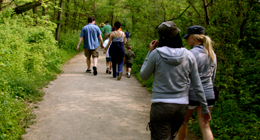
Hiking
While natural hazards are present while hiking in Point Pelee National Park, the risk of injury can be minimized by taking reasonable precautions. Please visit Adventure Smart for details on trip planning and hiking safety.
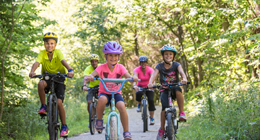
Biking
Bicycles are restricted to the Centennial Bike and Hike Trail and the park road/parking lots. For your safety, stay on trails to help avoid ticks and poison ivy. Please visit Adventure Smart for details on trip planning and biking safety.
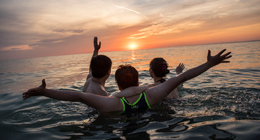
Swimming
There are no lifeguards on duty at any of the Park's beaches. Never swim alone and always treat Lake Erie with caution. The lake can become rough very rapidly. The Tip area located at the extreme south end of the Park is a popular destination for visitors. There is NO swimming or wading in this area. Please obey the signs posted. Currents exist in this area that pose a hazard and are extremely dangerous. Please visit Adventure Smart for additional details on trip planning and water safety.
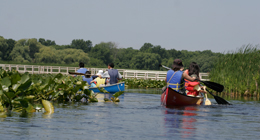
Canoeing and kayaking
Wear your lifejacket at all times: Boats are required to have one lifejacket per person, 15m ((40 ft) of buoyant heaving line, spare paddles or oars, an anchor on 15m (40 ft) of line, a bailer and a whistle. If you capsize: Remain with your overturned boat and move shoreward. Sound three long blasts to attract attention if you need assistance. Please visit Adventure Smart for additional details on trip planning and water safety.
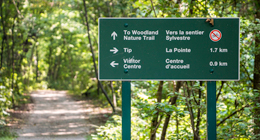
Ticks and Lyme disease
Stay on trails to avoid contact with ticks. The black-legged tick has become firmly established at Point Pelee. This creature, which has spread to areas throughout North America, can carry a bacterium, which causes the Lyme disease. Lyme disease is a serious illness; however, it's easy to prevent and treat when caught early.
For more information on Lyme disease, blacklegged ticks, and how to protect yourself from tick bites while enjoying the outdoors, please visit the following websites:
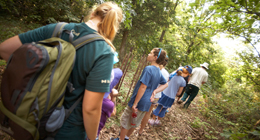
Animal feeding
The feeding of any animal (e.g. deer, raccoons, birds, squirrels and fish) is strictly prohibited. Avoid the danger of being bitten and minimize your affect on the park's ecological balance.
Safety is everyone’s responsibility. At Parks Canada, we do our part to make sure you can have a safe visit by assessing the risks, managing hazards, and making sure that safety information is freely available to everyone. You can do your part as visitors by making sure you seek out the information you need to stay safe and make well informed decisions while enjoying these special places. Visit our websites and stop at a visitor center to speak with our employees for the most up to date information. Make sure you are fully prepared for whatever activities you choose to participate in so you can have a safe, enjoyable and memorable visit.
In case of emergency: Dial 911
Point Pelee National Park
Phone: 519-322-2365
Toll Free: 1-888-773-8888
Email: pelee.info@pc.gc.ca
- Date modified :